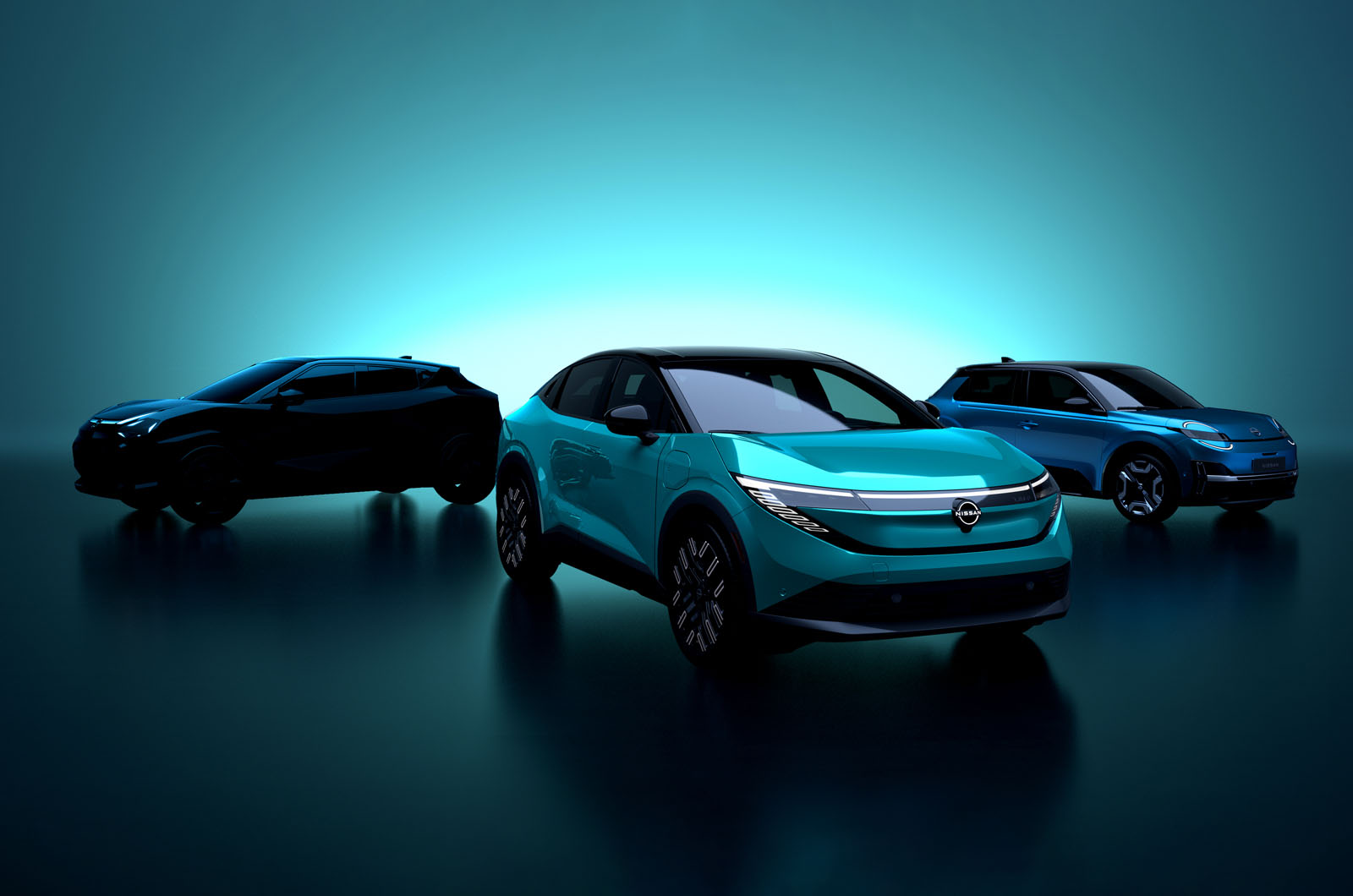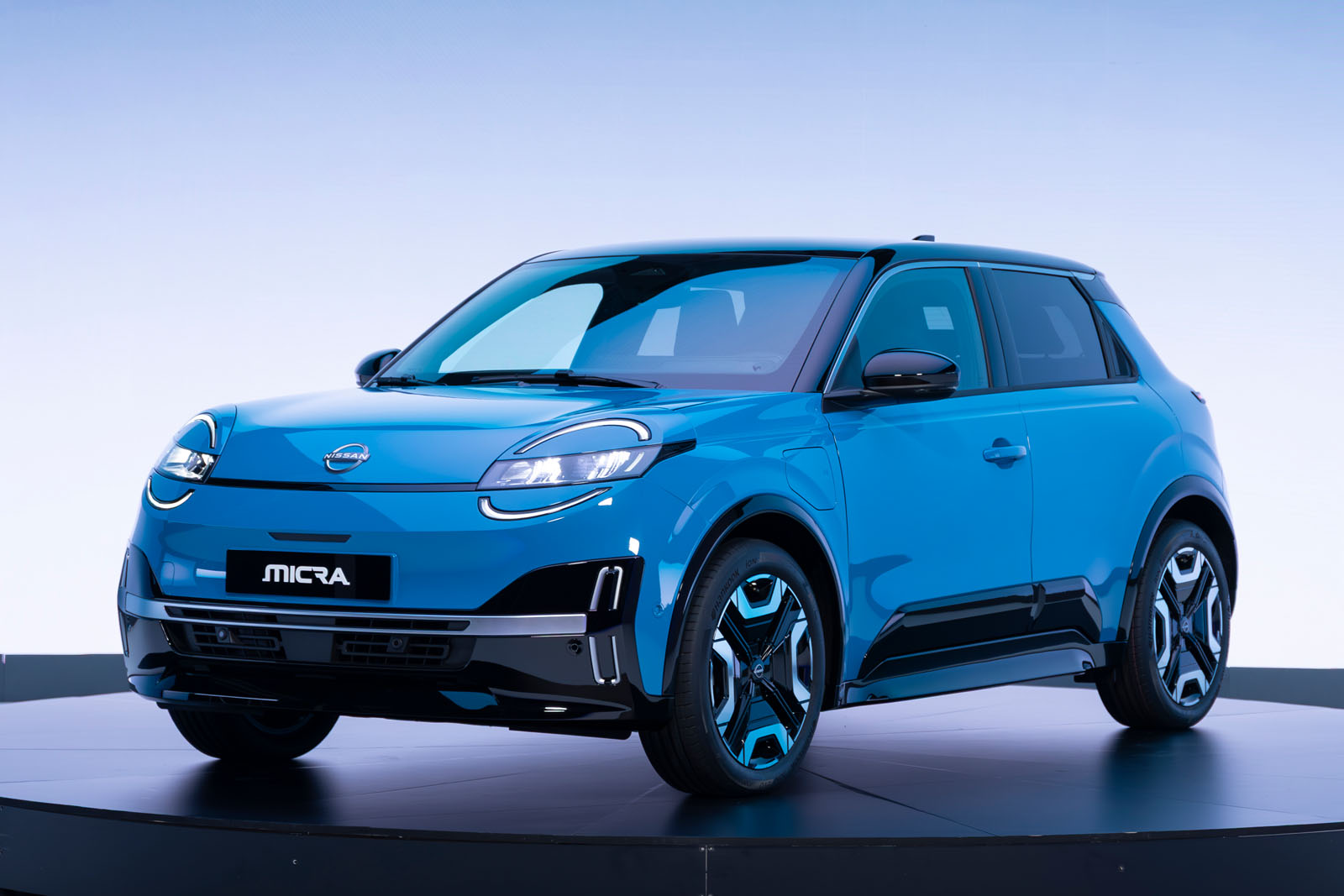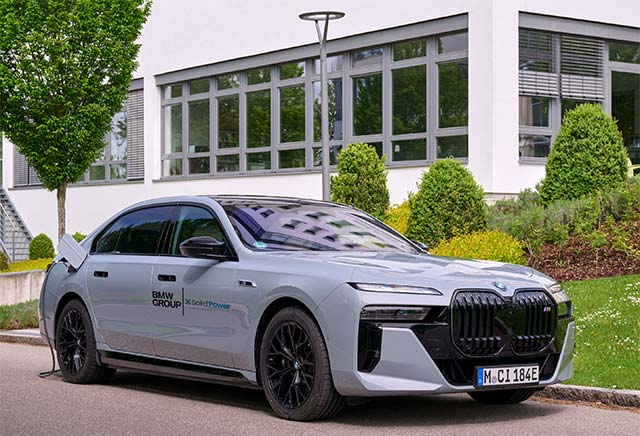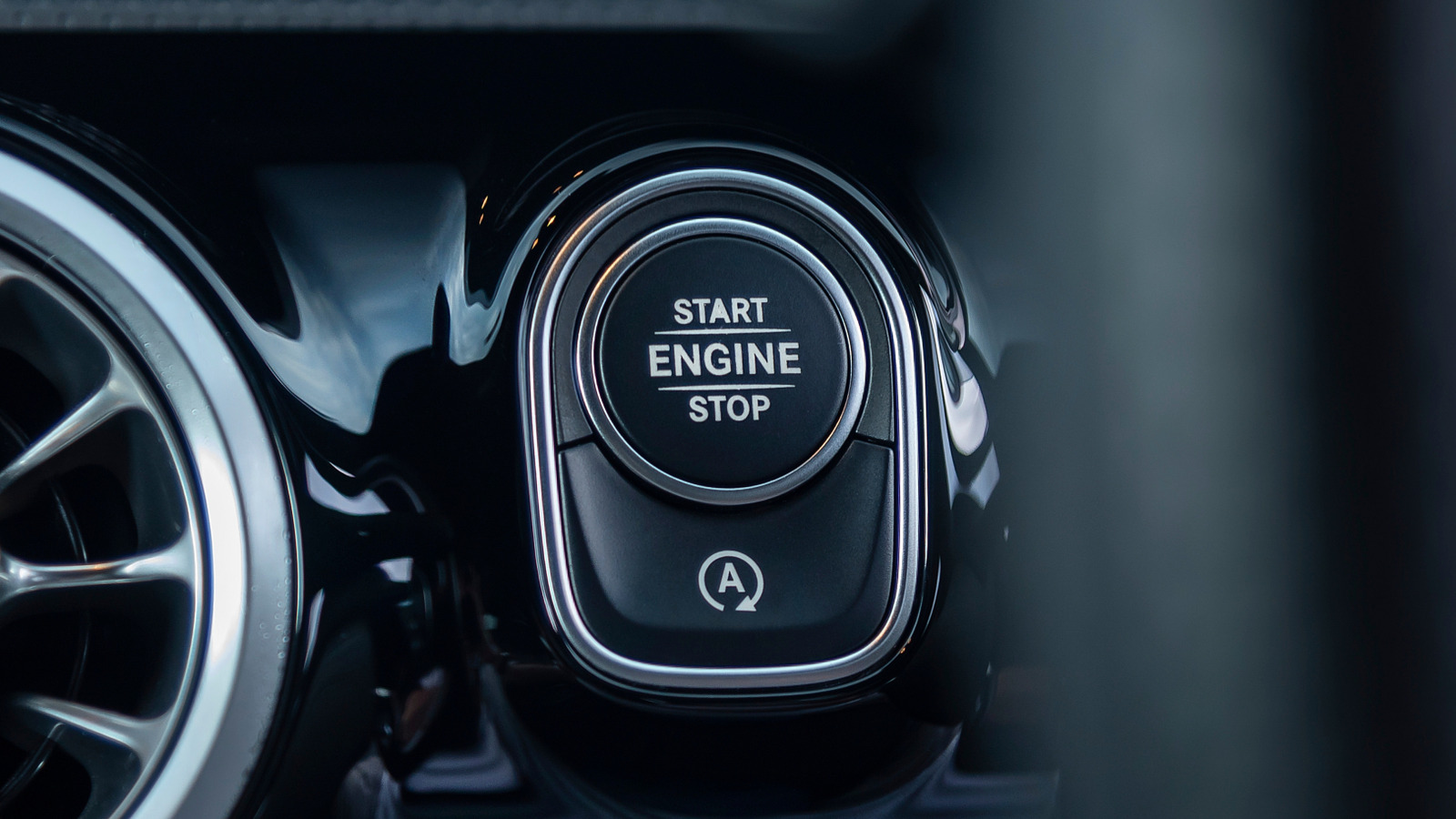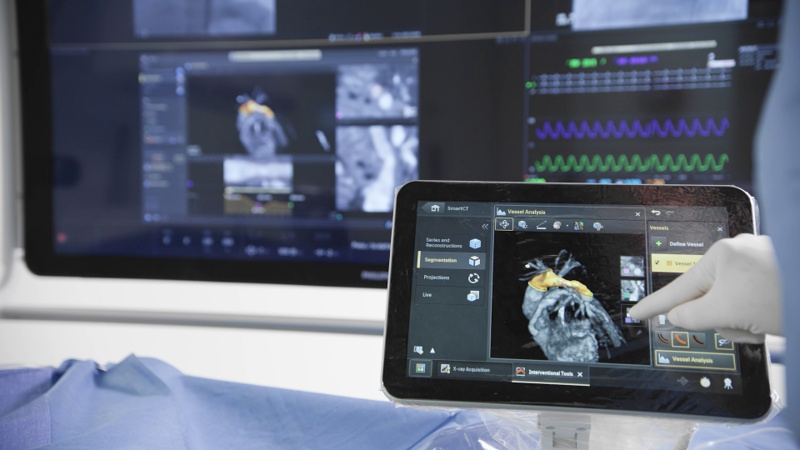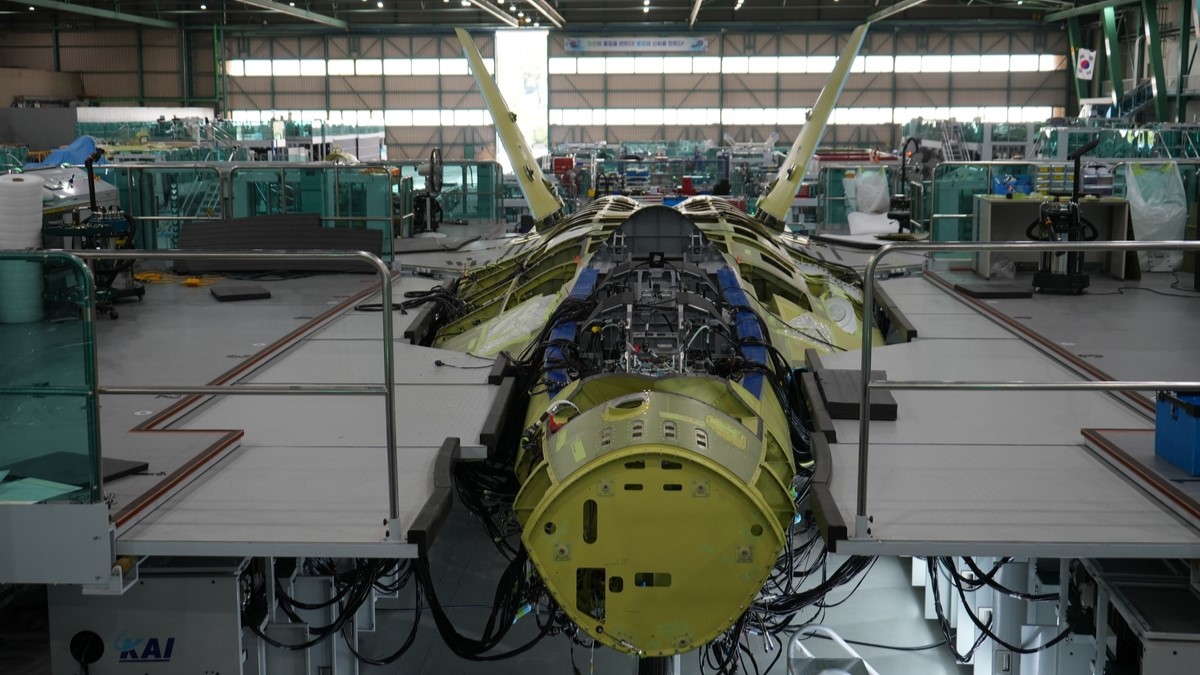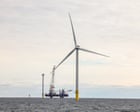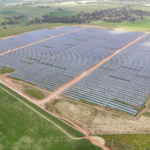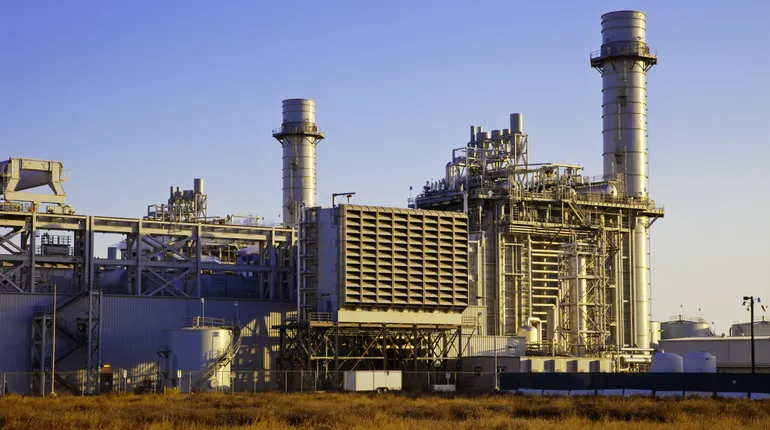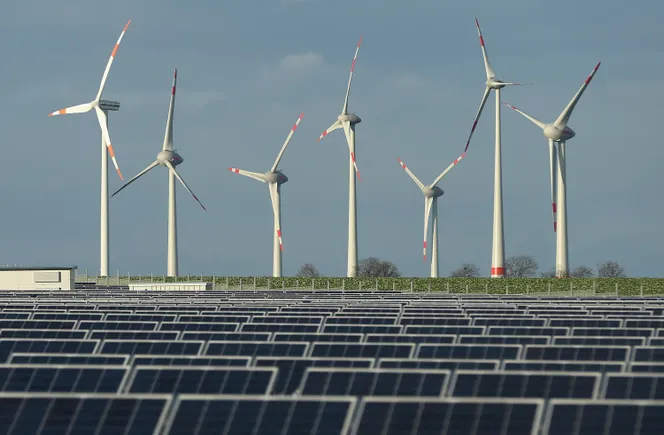Rationally Designed Air Electrode Boosting Electrochemical Performance of Protonic Ceramic Cells
Advanced Energy Materials, Volume 15, Issue 19, May 20, 2025.

A high-efficiency machine learning model with an eXtreme Gradient Boosting (XGBoost) algorithm was built to predict the proton hydration ability of air electrodes for protonic ceramic cells accurately and quickly. The screened oxide La0.8Ba0.2CoO3 exhibits excellent hydration ability and catalytic activity, contributing to outstanding electrochemical performance. This data-guided discovery of novel materials provides a feasible way to boost the performance of protonic ceramic cells in energy conversion and storage.
Abstract
Protonic ceramic cells (PCCs) have gained significant attention as a promising electrochemical device for hydrogen production and power generation at intermediate temperatures. However, the lack of high-performance air electrodes, specifically in terms of proton conduction ability, has severely hindered the improvement of electrochemical performances for PCCs. In this study, a high-efficiency air electrode La0.8Ba0.2CoO3 (LBC) is rationally designed and researched by a machine-learning model and density functional theory (DFT) calculation, which boosts the performances of PCCs. Specifically, an elements-property map for designing high-efficiency oxides is created by predicting and studying the proton uptake ability of La1– x A′ x BO3 (A′ = Na, K, Ca, Mg, Ba, Cu, etc.) by an eXtreme Gradient Boosting model. PCC with LBC air electrode yields high current destiny in electrolysis mode (1.72 A cm−2 at 600 °C) and power density in fuel cell mode (1.00 W cm−2 at 600 °C). In addition, an ultra-low air electrode reaction resistance (0.03 Ω cm2 at 600 °C) is achieved, because LBC can significantly facilitate the formation of O2 *. This work not only reports an effective air electrode but also presents a new avenue for the rational design of air electrodes for PCCs.














